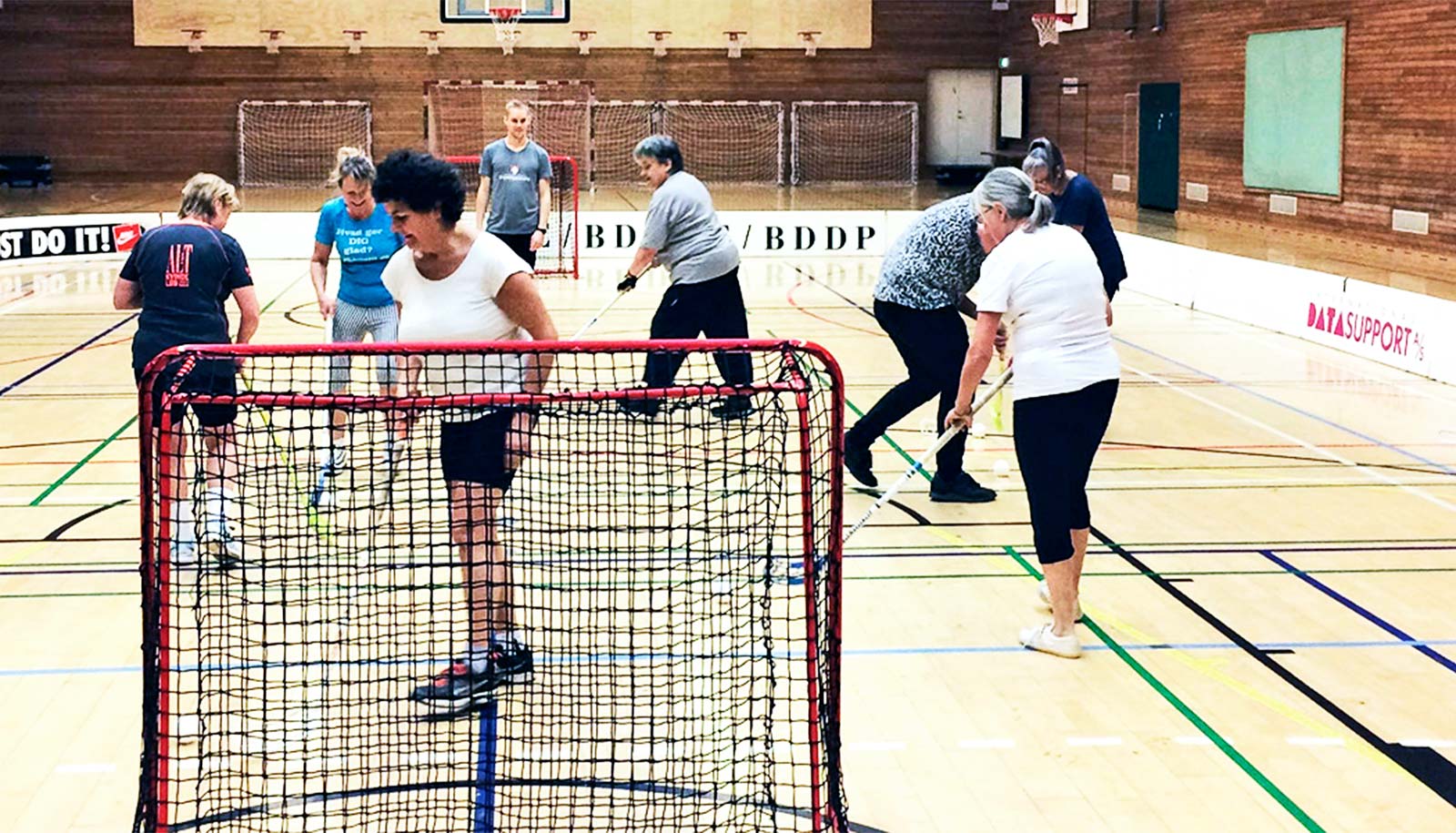New research highlights that team sports are a highly effective and potentially life-extending form of exercise for people with high blood pressure and chronic obstructive pulmonary disease (COPD).
Even after a relatively short training period involving team sports, participants showed significantly improved blood pressure. In Denmark, one in four adults suffers from high blood pressure (hypertension), which is a major risk factor for cardiovascular disease and premature death. The risk is even more pronounced among individuals with chronic conditions such as COPD and type 2 diabetes.
A new study published in the *Journal of Functional Morphology and Kinesiology* documents that team sports can serve as a motivating and effective exercise option for this group.
### Study Overview
The study involved 28 individuals with high blood pressure, including 16 participants (8 men and 8 women) with type 2 diabetes and 12 participants (7 men and 5 women) with COPD. They took part in a 12-week training program at a municipal health center.
Participants engaged in team sports such as floorball and cone ball twice a week, under the guidance of trained staff.
### Key Findings
– **Systolic blood pressure dropped significantly**, by an average of 10-12 mmHg.
– Participants became faster and more mobile in a functional walking test.
– The training was perceived as fun, social, and motivating, making it easier to maintain compared to traditional forms of exercise.
While there were no measurable changes in body weight, muscle strength, or diastolic blood pressure, the drop in systolic blood pressure is particularly noteworthy.
*Note*: Systolic blood pressure reflects the pressure when the heart contracts and pumps blood into the circulatory system, whereas diastolic blood pressure is the lowest pressure measured between heartbeats.
### Expert Insights
“We were surprised that patients could achieve such a significant drop in blood pressure in such a short time,” says research assistant Jesper Atti, who helped conduct the study.
International research, including findings from the World Health Organization (WHO) and *The Lancet*, shows that reducing systolic blood pressure by just 10 mmHg can lower the risk of stroke by up to 30%, and reduce the risk of cardiovascular disease and premature death by up to 20%.
The study was carried out in Brøndby Municipality, with physiotherapist Johan Schou closely monitoring participants’ progress.
“We observed great motivation among participants. Many expressed that the social aspect was crucial to their engagement. It was truly heartening to see that a large proportion chose to continue with team sports at evening school after the program ended. They also realized how important — and how fun — it can be to get their heart rate up,” says Johan Schou.
### Conclusion and Future Directions
This study demonstrates that targeted team sports training at municipal health centers can be an effective supplement to existing services for citizens with chronic diseases and high blood pressure. It has a significant positive impact on quality of life, physical function, and disease risk.
“We are now in dialogue with several municipalities interested in using team sports for rehabilitating these patient groups. Our goal is to ensure participants can continue activities in sports communities after the program ends, such as evening schools or local sports clubs,” says Jens Bangsbo, head of the Centre for Team Sport and Health. The study was supported by the Nordea Foundation.
—
Engaging in team sports not only improves health but also fosters social connections, making it an appealing option for managing chronic health conditions. If you or someone you know has high blood pressure or COPD, consider discussing team sports as a potential part of your wellness plan with your healthcare provider.
https://www.futurity.org/team-sports-blood-pressure-chronic-diseases-3301982/?utm_source=rss&utm_medium=rss&utm_campaign=team-sports-blood-pressure-chronic-diseases-3301982

Be First to Comment